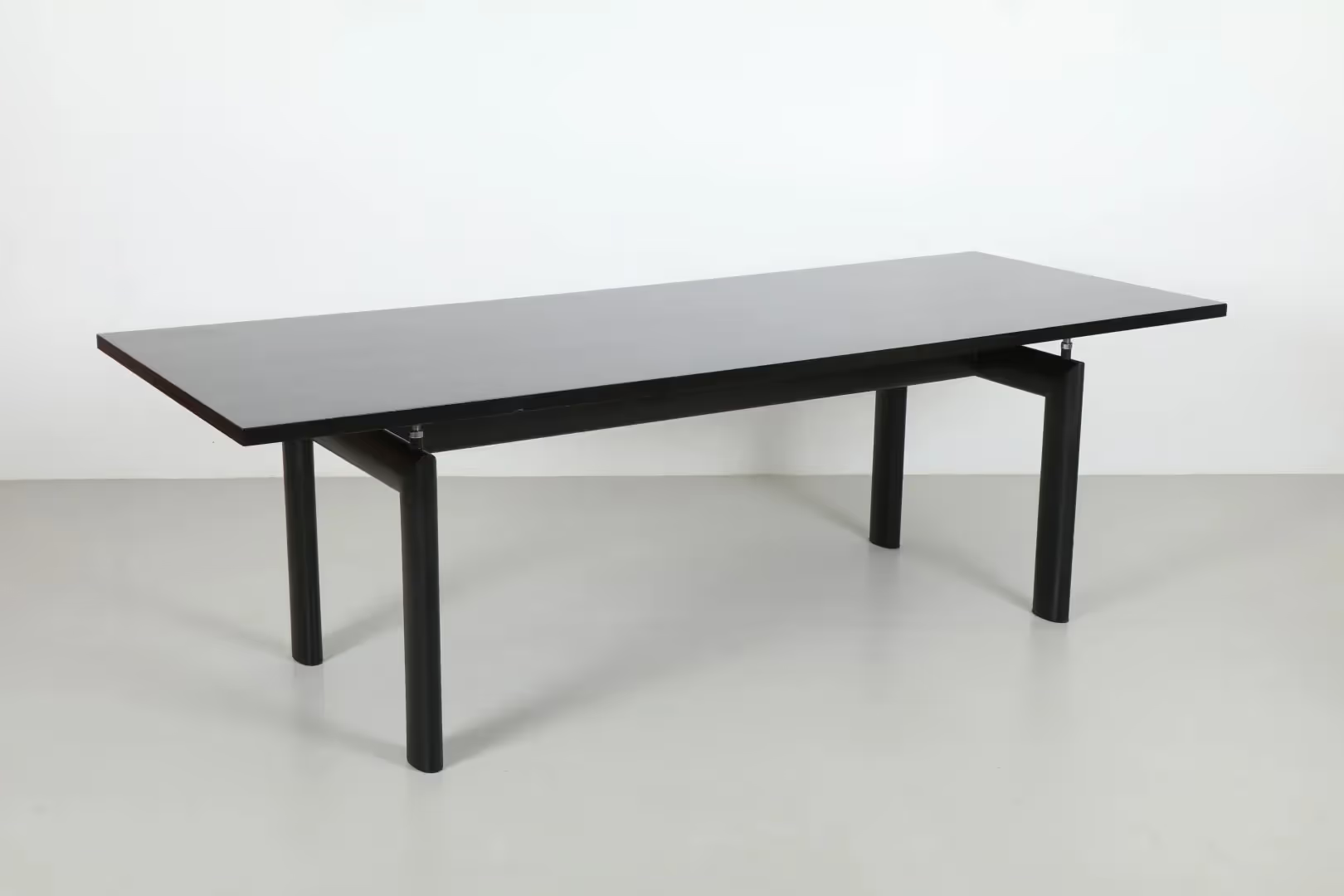.svg)
In its early years, Cassina was primarily engaged in cabinet making and production of coffee tables. The designs were created in-house until 1948, when the company began partnering with outside architects-designers to explore innovative concepts. This marked a new direction for the company, separating its design and production areas.
Cassina worked closely with Gio Ponti post-war, relying on his creative genius to revamp its aesthetic image. In 1952, Cassina designed the interior decor for the Italian transatlantic liner Andrea Doria, marking the first export of made in Italy style to the United States.
The company won its first Compasso d’Oro, an award that officially marked the launch of Italian design, in 1954 with ‘Model 683’ chair, designed by Carlo De Carli. Major partnerships were launched during this time, including those with Ico Parisi and Gianfranco Frattini.
In 1957, production began on the ‘Model 699’ chair, known as the Superleggera, a product of the partnership with Gio Ponti. This lightweight yet strong wood chair became an icon of Italian design around the world. Vico Magistretti joined the Cassina team in the early 1960s. Production of the Carimate small armchair, one of the first successes bearing the signature of Vico Magistretti, began in 1963.
In 1965, Cassina launched a collection of models designed in the 1920s by Le Corbusier, Pierre Jeanneret, and Charlotte Perriand. These designs are recognized as among the most significant furnishings in the Modern Movement.
Today, Cassina continues to be a symbol of high-end design. It offers young designers the chance to continue their personal creative research with its support, contributing to the ongoing evolution of modern design.
The soul of Cassina stands in the achievement to perfectly mix tradition and experimentation
.avif)
.avif)

.avif)
.avif)
.avif)













